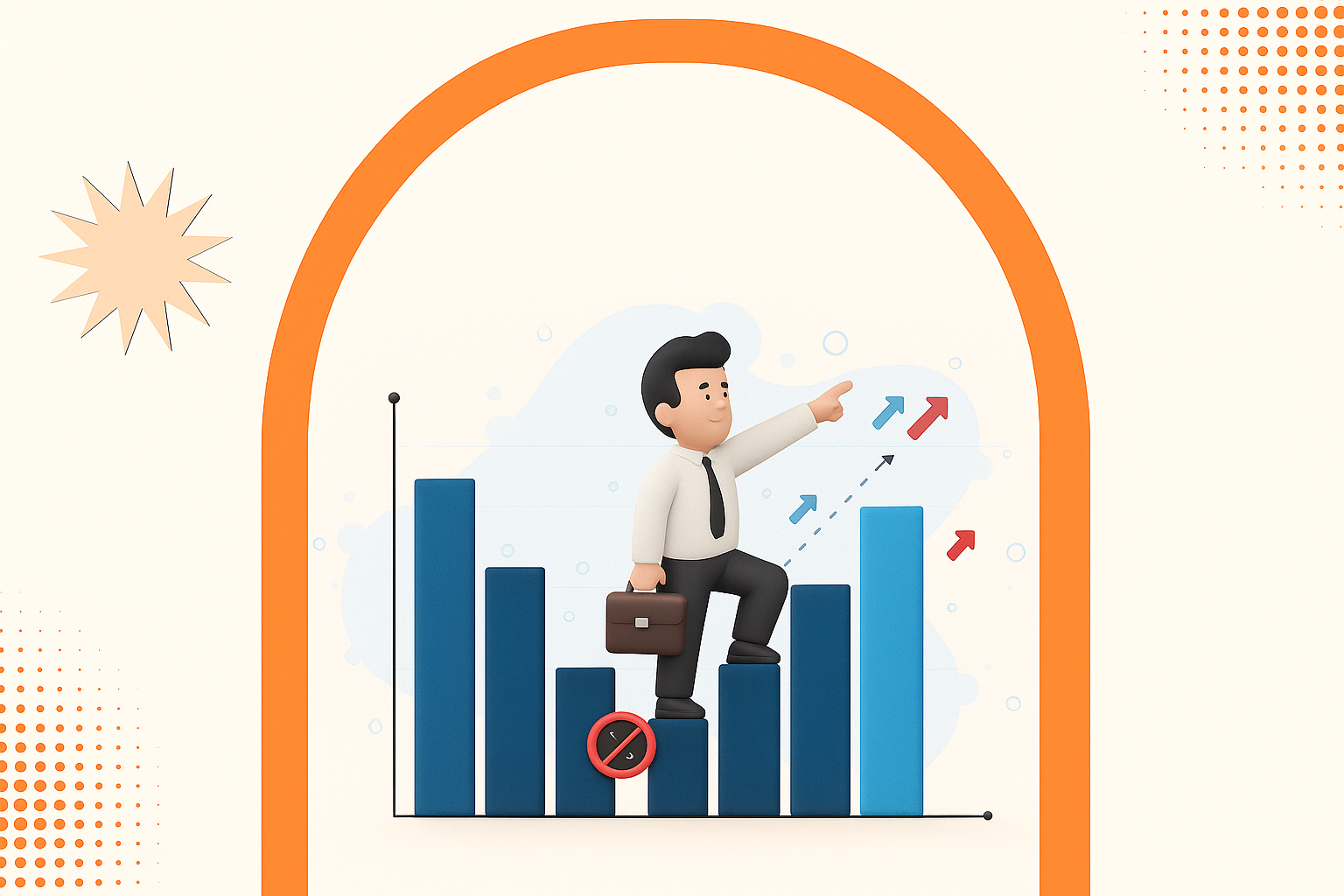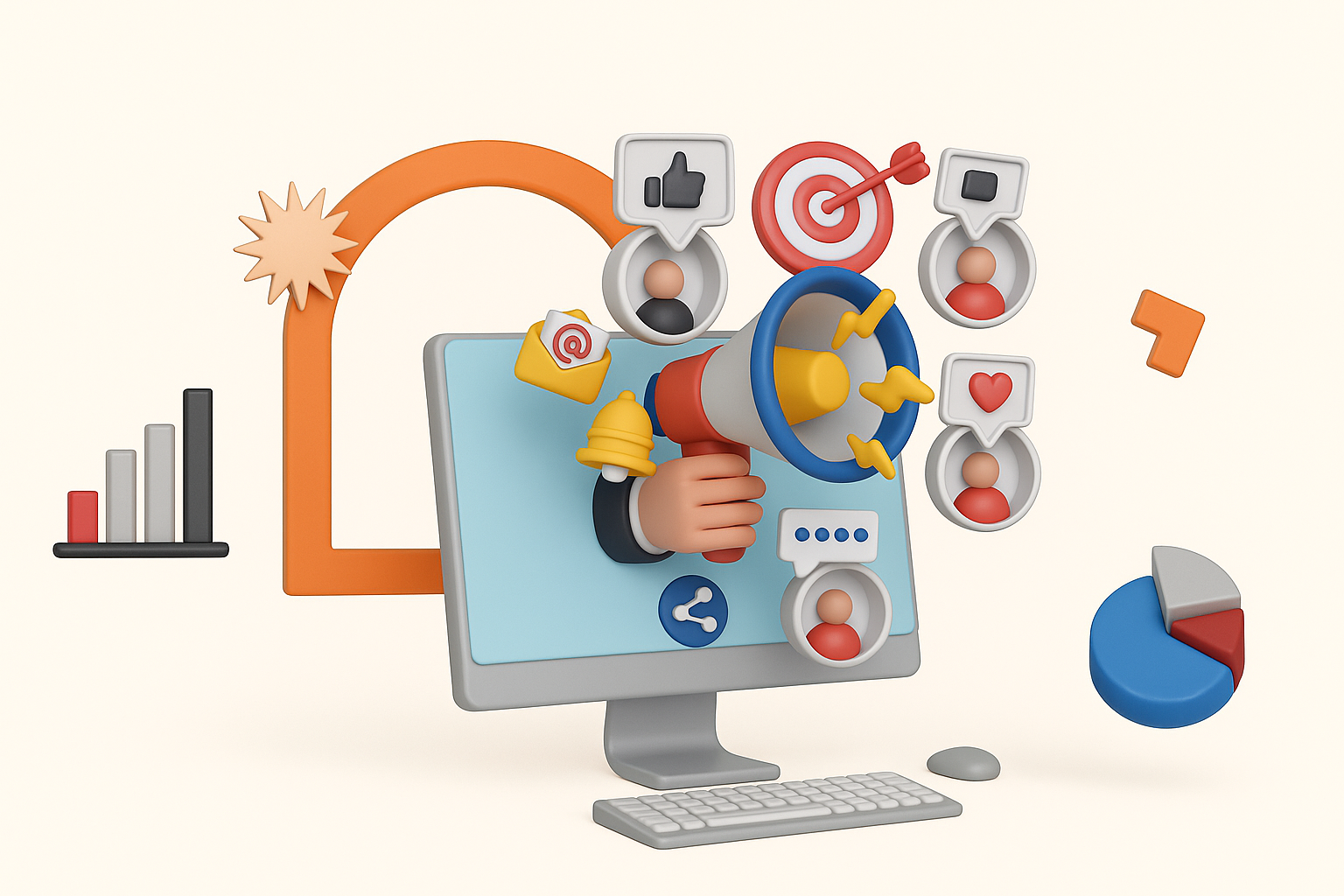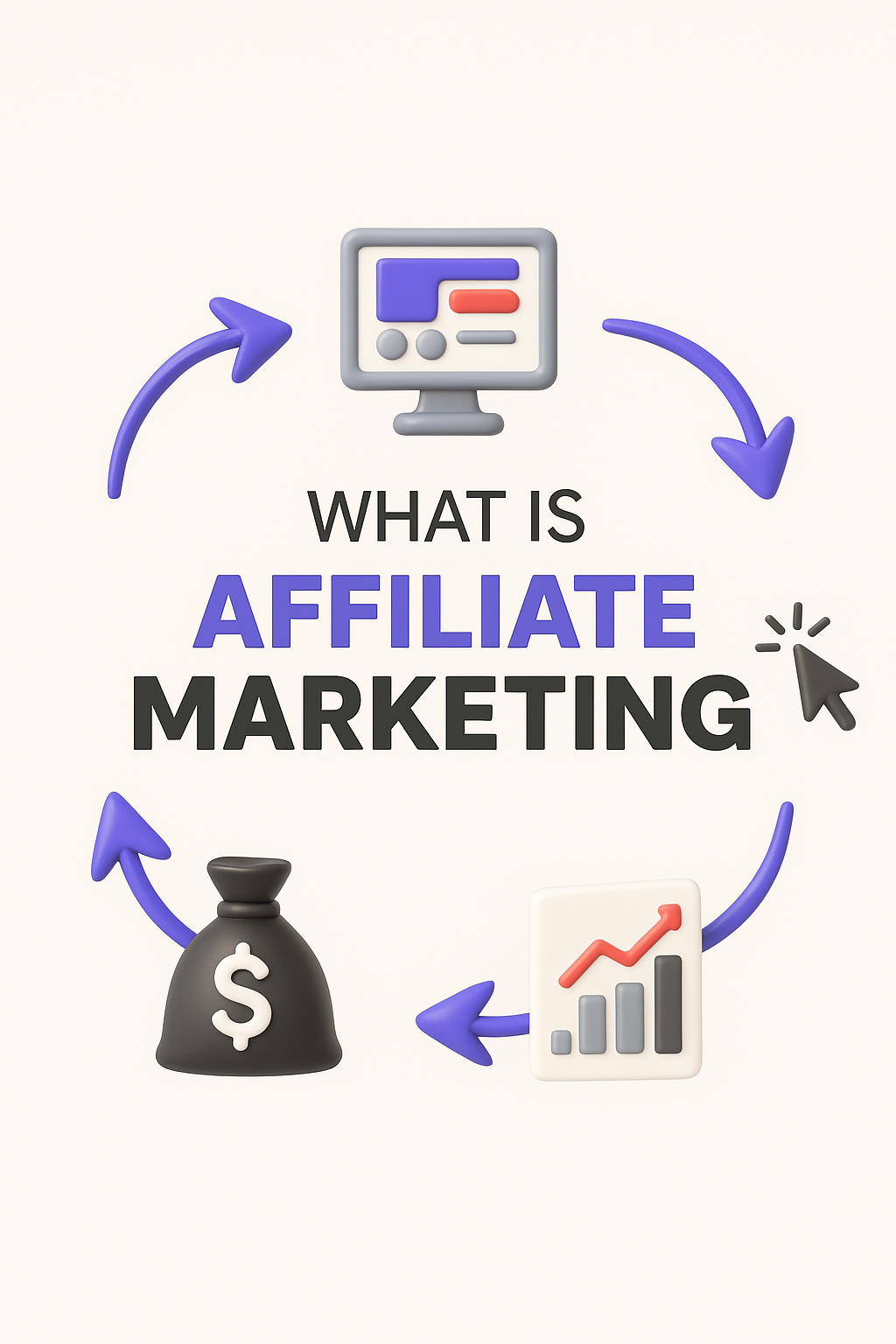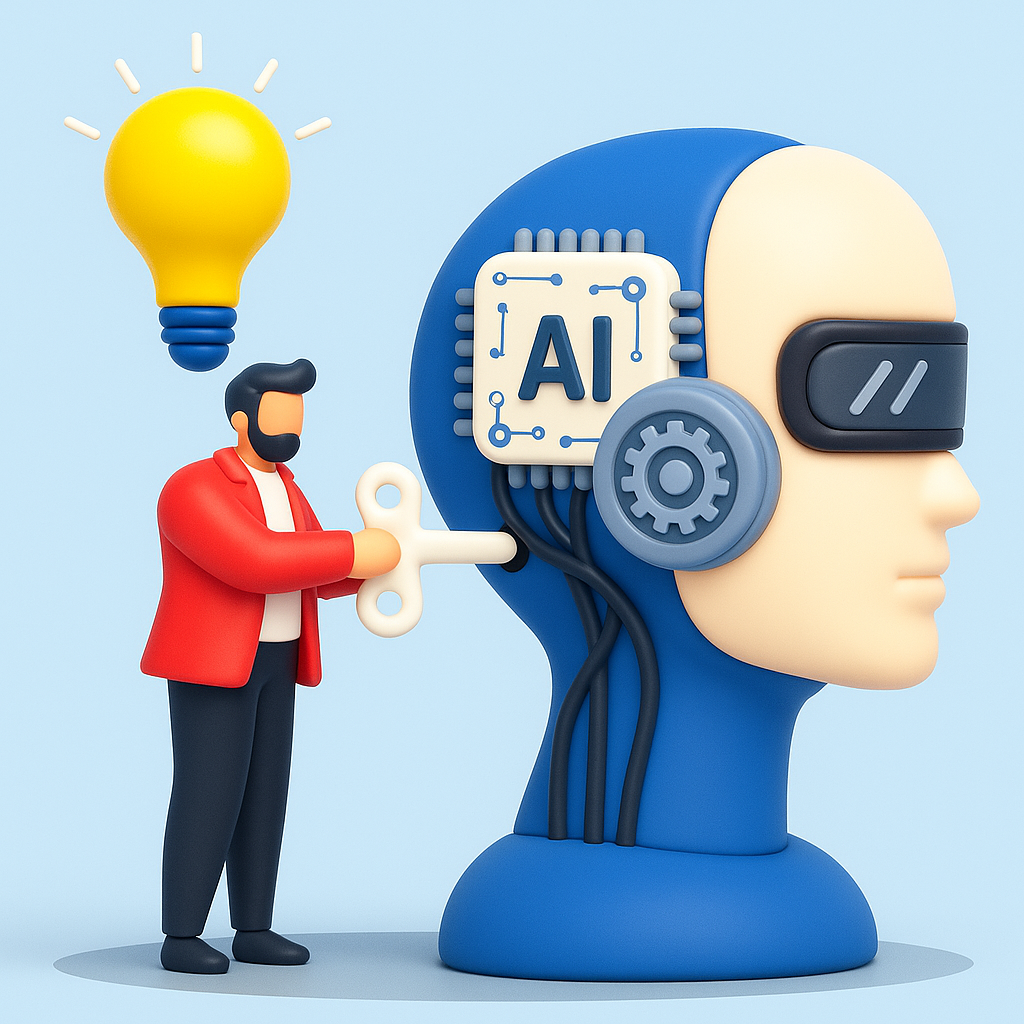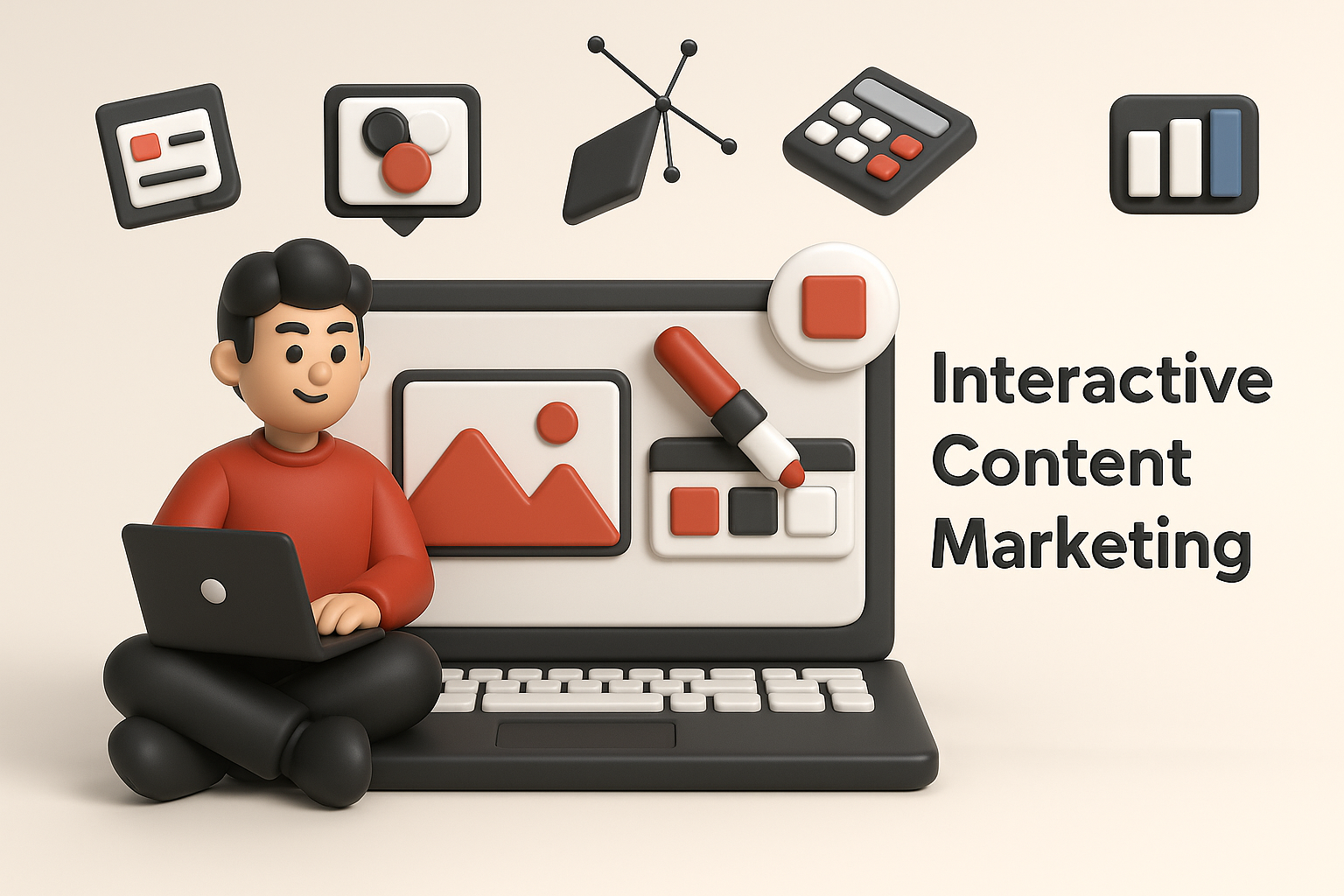How Demand Generation Turns Cold Leads into High-Intent Buyers
In 2025, B2B buyers are more independent, skeptical, and overloaded with choices than ever. Traditional outbound campaigns rarely convert because cold leads don’t want to be “sold to” — they want to be educated, empowered, and inspired. That’s where demand generation becomes a game-changer.
Demand gen isn’t about immediately capturing leads — it’s about creating awareness, building desire, and nurturing trust until prospects naturally evolve into high-intent buyers. Here’s how it works.
1️⃣ Start by Turning “Unknowns” into Engaged Audiences
Cold leads are cold because they don’t yet recognize the problem or trust your solution. Early-stage demand gen focuses on warming them up with valuable, low-friction content.
What works:
• Educational blogs and thought leadership
• Social posts that address pain points
• Short-form videos that simplify complex topics
• Industry insights and market reports
This content doesn’t sell — it builds familiarity. Once buyers recognize your expertise, you stop being a stranger and start becoming a resource.
2️⃣ Use Intent Data to Surface Hidden Buyers
Not all cold leads are truly cold. Some are quietly researching solutions without filling out a single form.
Intent-data platforms (like Bombora, 6sense, Demandbase) monitor digital behaviors across the web:
• Product comparisons
• Keyword surges
• Topic consumption
• Review site visits
This reveals which “cold” companies are secretly in-market. Now you can target them with precision, skipping guesswork.
3️⃣ Personalize the Journey from Curiosity → Consideration
Once a lead shows signs of interest, demand gen shifts from education to tailored nurturing. AI-powered systems dynamically deliver the right message at the right time.
Examples:
• Industry-specific case studies
• Personalized webinars and demos
• Role-focused landing pages
• Nurture sequences based on behavior
Buyers feel seen, understood, and supported — not pressured.
4️⃣ Build Trust Through Multiple Soft Touchpoints
High-intent buyers don’t appear overnight. They emerge after repeated, consistent, value-driven interactions.
Effective touchpoints include:
• Retargeting ads that reinforce expertise
• Email newsletters with actionable insights
• LinkedIn content from your team
• Interactive tools (calculators, assessments, ROI estimators)
Each touchpoint adds micro-belief, reducing friction and increasing readiness to buy.
5️⃣ Convert When Buyers Are Naturally Ready — Not Pushed
Demand generation graduates cold leads into high-intent buyers by the time sales engages. Instead of forcing a pitch, you catch prospects when they’re already informed, interested, and open to conversations.
This leads to:
• Higher conversion rates
• Faster sales cycles
• Better-qualified pipelines
• More enthusiastic buyers
Ultimately, demand gen doesn’t chase prospects — it attracts and matures them.
Read More: https://intentamplify.com/sales-marketing/b2b-sales-cold-leads-to-warm-conversations/
In 2025, B2B buyers are more independent, skeptical, and overloaded with choices than ever. Traditional outbound campaigns rarely convert because cold leads don’t want to be “sold to” — they want to be educated, empowered, and inspired. That’s where demand generation becomes a game-changer.
Demand gen isn’t about immediately capturing leads — it’s about creating awareness, building desire, and nurturing trust until prospects naturally evolve into high-intent buyers. Here’s how it works.
1️⃣ Start by Turning “Unknowns” into Engaged Audiences
Cold leads are cold because they don’t yet recognize the problem or trust your solution. Early-stage demand gen focuses on warming them up with valuable, low-friction content.
What works:
• Educational blogs and thought leadership
• Social posts that address pain points
• Short-form videos that simplify complex topics
• Industry insights and market reports
This content doesn’t sell — it builds familiarity. Once buyers recognize your expertise, you stop being a stranger and start becoming a resource.
2️⃣ Use Intent Data to Surface Hidden Buyers
Not all cold leads are truly cold. Some are quietly researching solutions without filling out a single form.
Intent-data platforms (like Bombora, 6sense, Demandbase) monitor digital behaviors across the web:
• Product comparisons
• Keyword surges
• Topic consumption
• Review site visits
This reveals which “cold” companies are secretly in-market. Now you can target them with precision, skipping guesswork.
3️⃣ Personalize the Journey from Curiosity → Consideration
Once a lead shows signs of interest, demand gen shifts from education to tailored nurturing. AI-powered systems dynamically deliver the right message at the right time.
Examples:
• Industry-specific case studies
• Personalized webinars and demos
• Role-focused landing pages
• Nurture sequences based on behavior
Buyers feel seen, understood, and supported — not pressured.
4️⃣ Build Trust Through Multiple Soft Touchpoints
High-intent buyers don’t appear overnight. They emerge after repeated, consistent, value-driven interactions.
Effective touchpoints include:
• Retargeting ads that reinforce expertise
• Email newsletters with actionable insights
• LinkedIn content from your team
• Interactive tools (calculators, assessments, ROI estimators)
Each touchpoint adds micro-belief, reducing friction and increasing readiness to buy.
5️⃣ Convert When Buyers Are Naturally Ready — Not Pushed
Demand generation graduates cold leads into high-intent buyers by the time sales engages. Instead of forcing a pitch, you catch prospects when they’re already informed, interested, and open to conversations.
This leads to:
• Higher conversion rates
• Faster sales cycles
• Better-qualified pipelines
• More enthusiastic buyers
Ultimately, demand gen doesn’t chase prospects — it attracts and matures them.
Read More: https://intentamplify.com/sales-marketing/b2b-sales-cold-leads-to-warm-conversations/
How Demand Generation Turns Cold Leads into High-Intent Buyers
In 2025, B2B buyers are more independent, skeptical, and overloaded with choices than ever. Traditional outbound campaigns rarely convert because cold leads don’t want to be “sold to” — they want to be educated, empowered, and inspired. That’s where demand generation becomes a game-changer.
Demand gen isn’t about immediately capturing leads — it’s about creating awareness, building desire, and nurturing trust until prospects naturally evolve into high-intent buyers. Here’s how it works.
1️⃣ Start by Turning “Unknowns” into Engaged Audiences
Cold leads are cold because they don’t yet recognize the problem or trust your solution. Early-stage demand gen focuses on warming them up with valuable, low-friction content.
What works:
• Educational blogs and thought leadership
• Social posts that address pain points
• Short-form videos that simplify complex topics
• Industry insights and market reports
This content doesn’t sell — it builds familiarity. Once buyers recognize your expertise, you stop being a stranger and start becoming a resource.
2️⃣ Use Intent Data to Surface Hidden Buyers
Not all cold leads are truly cold. Some are quietly researching solutions without filling out a single form.
Intent-data platforms (like Bombora, 6sense, Demandbase) monitor digital behaviors across the web:
• Product comparisons
• Keyword surges
• Topic consumption
• Review site visits
This reveals which “cold” companies are secretly in-market. Now you can target them with precision, skipping guesswork.
3️⃣ Personalize the Journey from Curiosity → Consideration
Once a lead shows signs of interest, demand gen shifts from education to tailored nurturing. AI-powered systems dynamically deliver the right message at the right time.
Examples:
• Industry-specific case studies
• Personalized webinars and demos
• Role-focused landing pages
• Nurture sequences based on behavior
Buyers feel seen, understood, and supported — not pressured.
4️⃣ Build Trust Through Multiple Soft Touchpoints
High-intent buyers don’t appear overnight. They emerge after repeated, consistent, value-driven interactions.
Effective touchpoints include:
• Retargeting ads that reinforce expertise
• Email newsletters with actionable insights
• LinkedIn content from your team
• Interactive tools (calculators, assessments, ROI estimators)
Each touchpoint adds micro-belief, reducing friction and increasing readiness to buy.
5️⃣ Convert When Buyers Are Naturally Ready — Not Pushed
Demand generation graduates cold leads into high-intent buyers by the time sales engages. Instead of forcing a pitch, you catch prospects when they’re already informed, interested, and open to conversations.
This leads to:
• Higher conversion rates
• Faster sales cycles
• Better-qualified pipelines
• More enthusiastic buyers
Ultimately, demand gen doesn’t chase prospects — it attracts and matures them.
Read More: https://intentamplify.com/sales-marketing/b2b-sales-cold-leads-to-warm-conversations/
0 Комментарии
0 Поделились

